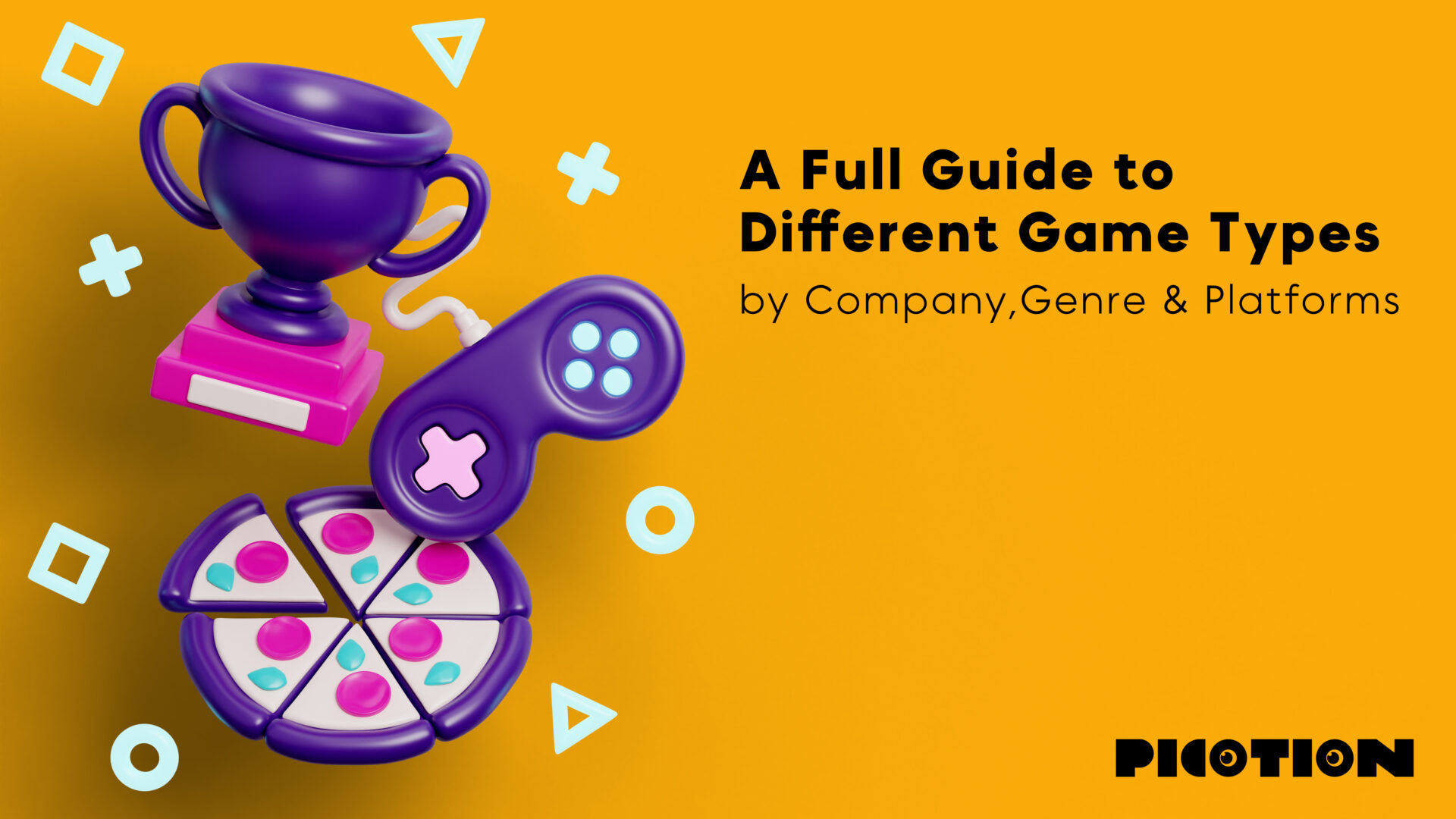If you’ve ever wandered into the mesmerizing realm of video games, you’ll know that it’s more than just button-mashing and hoping for the best. It’s a world where creativity, strategy, and adventure combine to create immersive experiences that can whisk you away from reality.
But how are these games made and marketed? What are the different types of games that exist and how do they differ from each other?
In this edit, we unravel the many layers of gaming categories to introduce you to different game types based on:
- The development company’s size and project scale
- Genres
- Marketplaces (Xbox, Playstation, etc.)
By the end of this blog post, you’ll know enough about the gaming market landscape to have a clear idea of the development and marketing strategies for different game types. Whether you’re a gamer, a developer, or just curious about the gaming world, this blog will help you learn more about the many amazing games out there.
If you need help with creating your own game trailer, Picotion Studio is here for you. We can handle the game art animation and design aspects of your project and make your game assets look stunning. To see some of our work, check out the Picofolio or drop us a line here.
Game Types Based on Company Scale
There are many types of games in the world, but not all of them are created equal. Some games are made by big companies with huge budgets and teams, and some others are made by small studios or even solo developers.
Long story short, the company and project’s scale can affect the design, development, and marketing of the game.
AAA Games
“Blockbuster” or “AAA” is in no way an official classification of games. It’s more like a way to describe games with huge amounts of money poured into making and promoting them.
And guess what? That cash injection really takes blockbuster AAA games to the next level when it comes to technical aspects like:
- Graphics
- Audio design
- Gameplay dynamics
- A limited number of bugs
You know the rest; these games usually have their own fanbase before release and will sell at least several million units when launched. These are also the titles that are more likely to become blockbuster-style games like The Last of Us, Assassin’s Creed, or The God of War.
Don’t get this wrong, you could create a low-budget game that sells a lot like PubG (Player Unknown’s Battlegrounds) or Fortnite did. But they would no longer be considered AAA titles.
Note that AAA games could fall off grace at any time and become AA or B-ranked games. Even though these categories are rather fluid and given to different titles based on personal preferences, changes in game popularity or player base could contribute to their downfall (just as it could contribute to their growth.)

Developing & Marketing AAA+ Games
Curious about the behind-the-scenes magic it takes to develop blockbuster AAA games? Buckle up because the process can take anywhere from two to five years depending on how complex the game is.
The timeline hinges on factors like the game’s complexity, the size of the team, and the resources at hand.
These games boast top-tier production values, employ creative interactive media solutions, and often launch on various platforms.
Needless to say, AAA game companies often use proprietary engines and prioritize high-end graphics, which means there are also more technical complexities to tackle before the game’s ready for release.
AAA games’ marketing budgets can also be similar to or even higher than the development cost.
Take, for example, the classic case of Final Fantasy VII. Crafting that epic adventure required about $45 million in production expenses. But here’s the twist – its marketing blitz in the U.S. alone gobbled up around $100 million, way back in 1997!
This just goes to show that getting the word out about these big titles (using TV and online ads, influencer partnerships, and high-profile launch events) can come with a hefty price tag, often matching the scale of the game itself.
Indie Games
As you might already know, “indie” games are in fact “independent” games created by independent teams. As a result, indie developers have more creative freedom and control over their projects: they don’t need operational or creative approvals from publishers.
There are usually two types of indie game companies:
- Game development companies without a parent company dictating their vision and direction.
- Small, self-funded game development companies.
But indie games are not easy to classify by their style or genre. Some are riddled with horror like OutLast, some are dungeon-crawler action RPGs like Hades, and some are just made to beat the player’s ass like Cuphead.
That’s because indie games are influenced by the context and culture of their creators. And the category can’t even be limited to low-budget games. There are even million-dollar budget indie games out there that have taken companies literal years to finish – like The Witness.

Developing & Marketing Indie Games
Indie game developers often use commercially available game engines and prioritize creative and innovative gameplay mechanics. Crafting these gems can be a speedy six-month adventure or an immersive three-year saga – it all depends on the indie magic
These games are usually simpler in design and scope, but they can still be highly engaging and enjoyable.
Indie games’ marketing budgets are usually much lower than AAA games’ and these creators thrive on word-of-mouth, the dynamics of social media, the power of online reviews, and the allure of festivals and awards.
Indie game developers may also use crowdfunding platforms such as Kickstarter or Patreon to raise funds and generate interest for their projects.
Digital distribution platforms like Steam are very helpful for indie developers too. They can use the platform’s features to market their games and reach more players.
Mobile Games
Today, mobile games or hyper-casual games are more than just a popular pastime. They’re a huge and growing industry that generates billions of dollars in revenue every year.
In fact, Statista shows that the global mobile gaming revenue reached $92.2 billion in 2021, accounting for 50% of the total video game revenue worldwide. By the end of 2023, the prediction is that this figure will strut its stuff and soar past the $100 billion mark!
Mobile games are designed to be easy to play and accessible to a wide range of players. They usually have simple mechanics, colorful graphics, and short sessions. Such games can be developed for any mobile device, like smartphones, tablets, personal digital assistants, smartwatches, media players, pocket PCs, and even graphing calculators.
Some of the most popular mobile games in 2023 include:
- Genshin Impact
- Call of Duty Mobile
- Clash Royale
- Fortnite
- Roblox
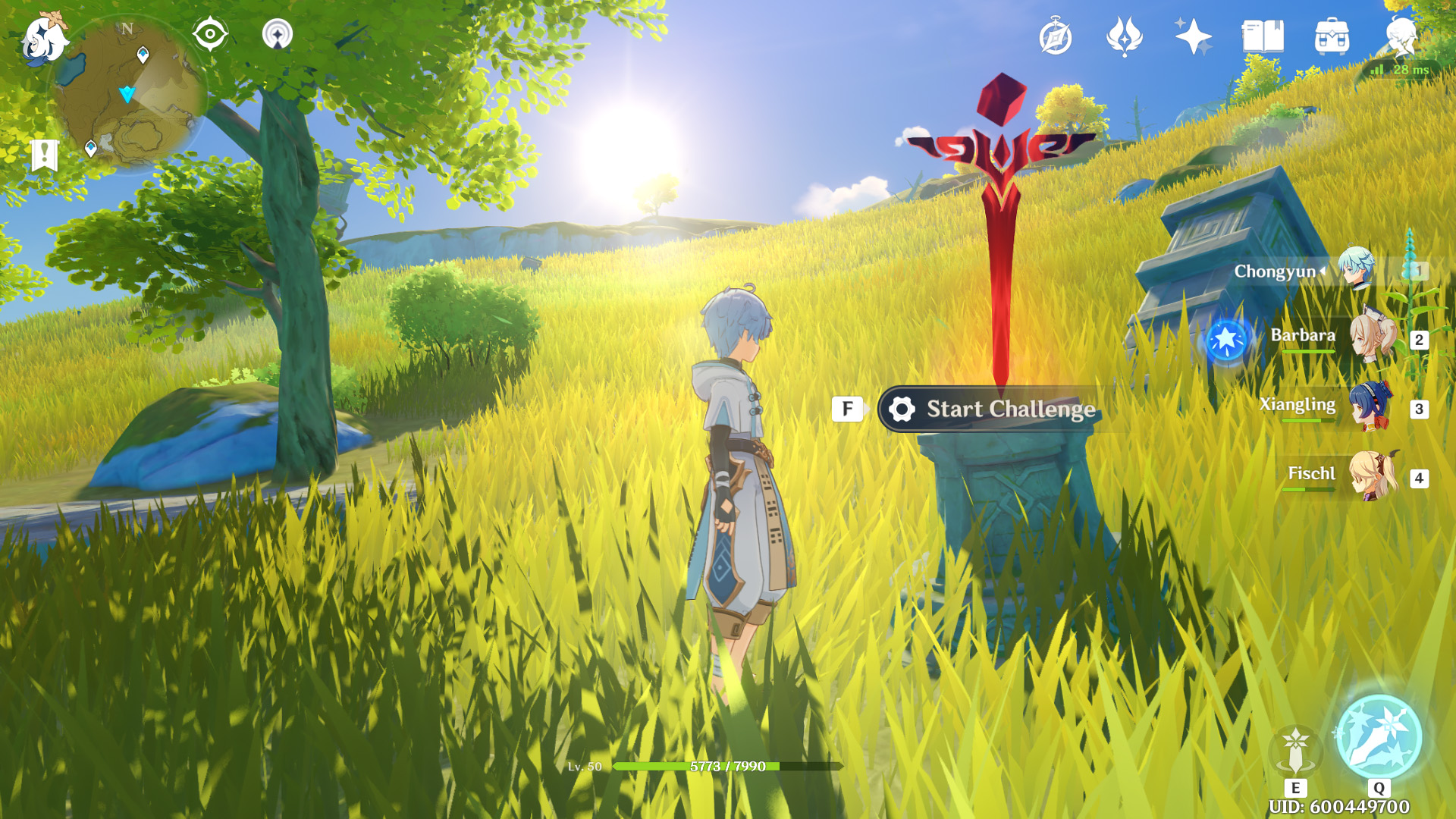
Developing & Marketing Mobile Games
If you want to make a mobile game, you need to consider the limitations and expectations of mobile devices. Mobile games should be easy to play and quick to load. That’s why many mobile game developers use engines that are designed for mobile performance.
The time it takes to make a mobile game depends on the genre and the scope. For example, you can whip up a simple puzzle game or a casual game in a few weeks or months, but it’ll take much longer to create a complex RPG or a strategy game. These can take up to a year or more to finish.
There are many ways to market your mobile game, such as optimizing your app store page, running mobile ads, or collaborating with influencers and content creators.
Read this : 11 Mobile Gaming Trends in 2023: What Does Future Hold?
Game Types Based on Networks & Marketplaces
Games are not just about graphics, gameplay, and story. They are also about how they connect people and create communities. Some games use networks and marketplaces to enhance the gaming experience, while others rely on them as their core feature.
Let’s explore the different types of games based on networks and marketplaces, such as Xbox, PlayStation, Steam, Epic Games Store, and more with some examples.
Personal Computer (PC)
PC players can buy, download, and play new games through stores like Steam and Epic Games.
In many gamers’ opinions, nothing beats a gaming PC. You can play the newest and most amazing FPS games at 60 fps or more, which is something that most console games still can’t have.
Moreover, many popular games like Baldur’s Gate 3 and Dota 2 are PC-exclusive. And cross-platform games like Minecraft can be customized and modded on PC, something that can’t be done on any other platform (yet)!
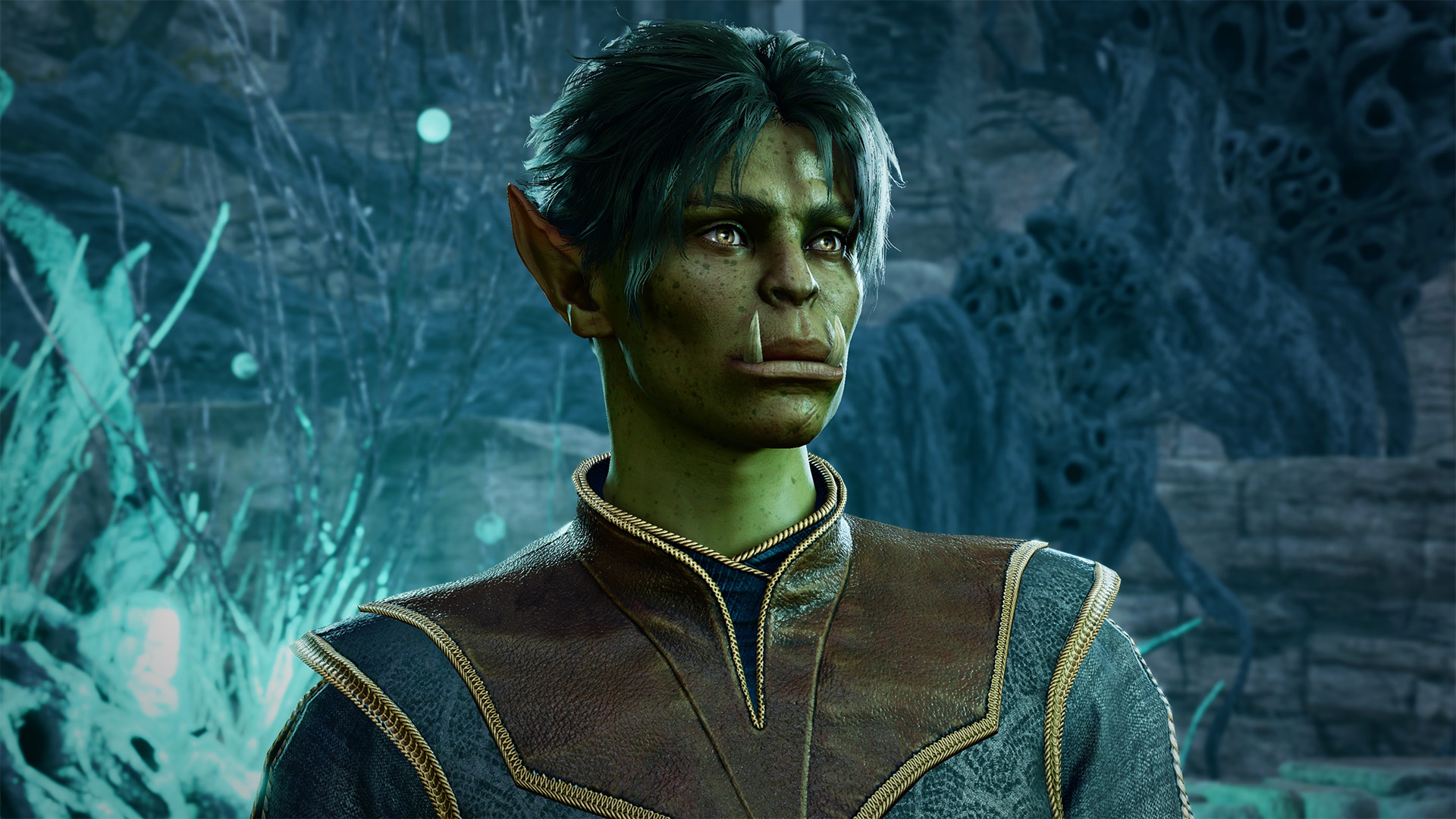
Consoles
Consoles let you play your favorite games on a big screen, stream them online, or download new ones from the device’s store. They’re very popular thanks to the fact that they’re easy to use, have exclusive games and offer many online features.
Consoles also have a sleek design, a wireless controller, and a built-in microphone and speaker. Whether you’re into action, adventure, sports, or puzzle games, consoles have something for everyone.
Xbox
Remember the Xbox 360? It was one of the pioneers of bringing games straight to your console. You can find cool games like Halo, Gears, and Forza there. And with Microsoft buying off studios like Bethesda and Obsidian, there are only going to be even more awesome games for Xbox in the future.
One of the coolest things about Xbox is how you can customize your controllers. You can choose from different colors, designs, and even shapes to make your controller look awesome.
Xbox needs to work on its game library, though. Many would agree that this marketplace doesn’t have many exclusive titles or exciting AAA games that are really impressive or fun to play.
Notes: If you’re an Xbox player, then you may already know that the platform is shutting down on July 29, 2024. But don’t worry, you can still play the games you’ve bought for a while after that.
PlayStation (PS)
PlayStation users find, buy, and download their games from the PlayStation Store.
Sony’s PlayStation boasts a rich library of exclusives, capturing players with titles like Horizon Zero Dawn, God of War, and Uncharted. PlayStation’s appeal extends through generations, consistently delivering immersive experiences.
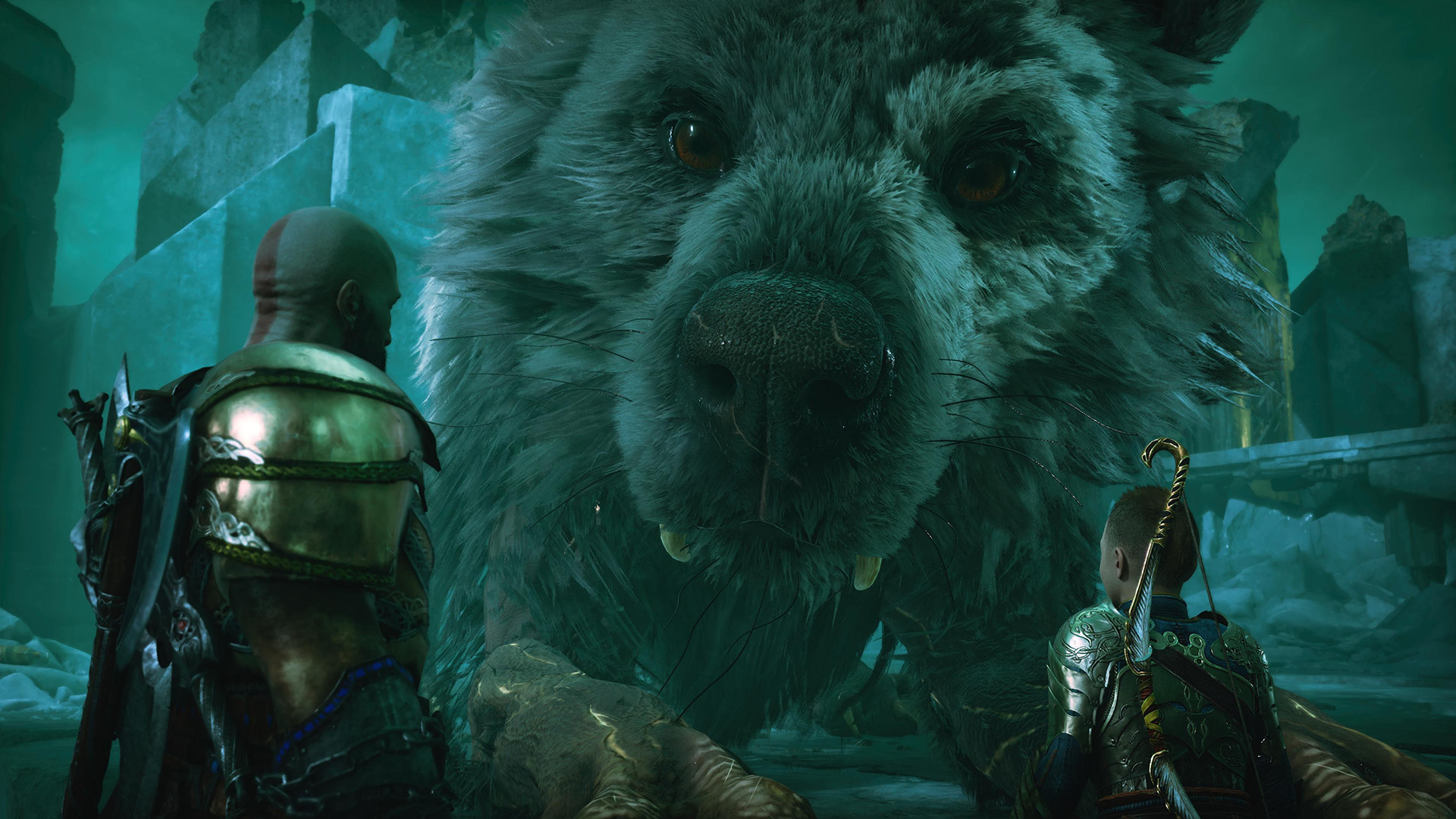
Nintendo
Nintendo is the master of making gaming fun for everyone. Take the Switch, for example, a device that merges portability with console gaming. And the cool Joy-Con controllers? They’re like the cherry on top!
Families love the Switch’s charm, and games like The Legend of Zelda: Breath of the Wild, Mario Kart 8 Deluxe, Super Mario Odyssey, and Animal Crossing: New Horizons are like a special treat you can only get here.
Crossplay Games
Crossplay gaming is like inviting friends from different houses to play together. Think of it as tearing down walls between platforms! Games like Call of Duty: Warzone 2.0 and Fortnite are leading the way, making sure everyone can join the party.
Most big multiplayer games are giving crossplay a thumbs-up, so you can team up or compete with friends no matter what they’re playing on. Yes, there are still games that are not crossplay-ready, but even those offer partial cross-platform support.
For example, Deathloop is a game that’s available on both Xbox and PS5 but not on PC.
And with plans like Xbox’s Play Anywhere, you can buy a game once and play it on Xbox or PC. For $15 a month, you can dive into more than 300 games on Xbox or PC, or even stream them to your phone!
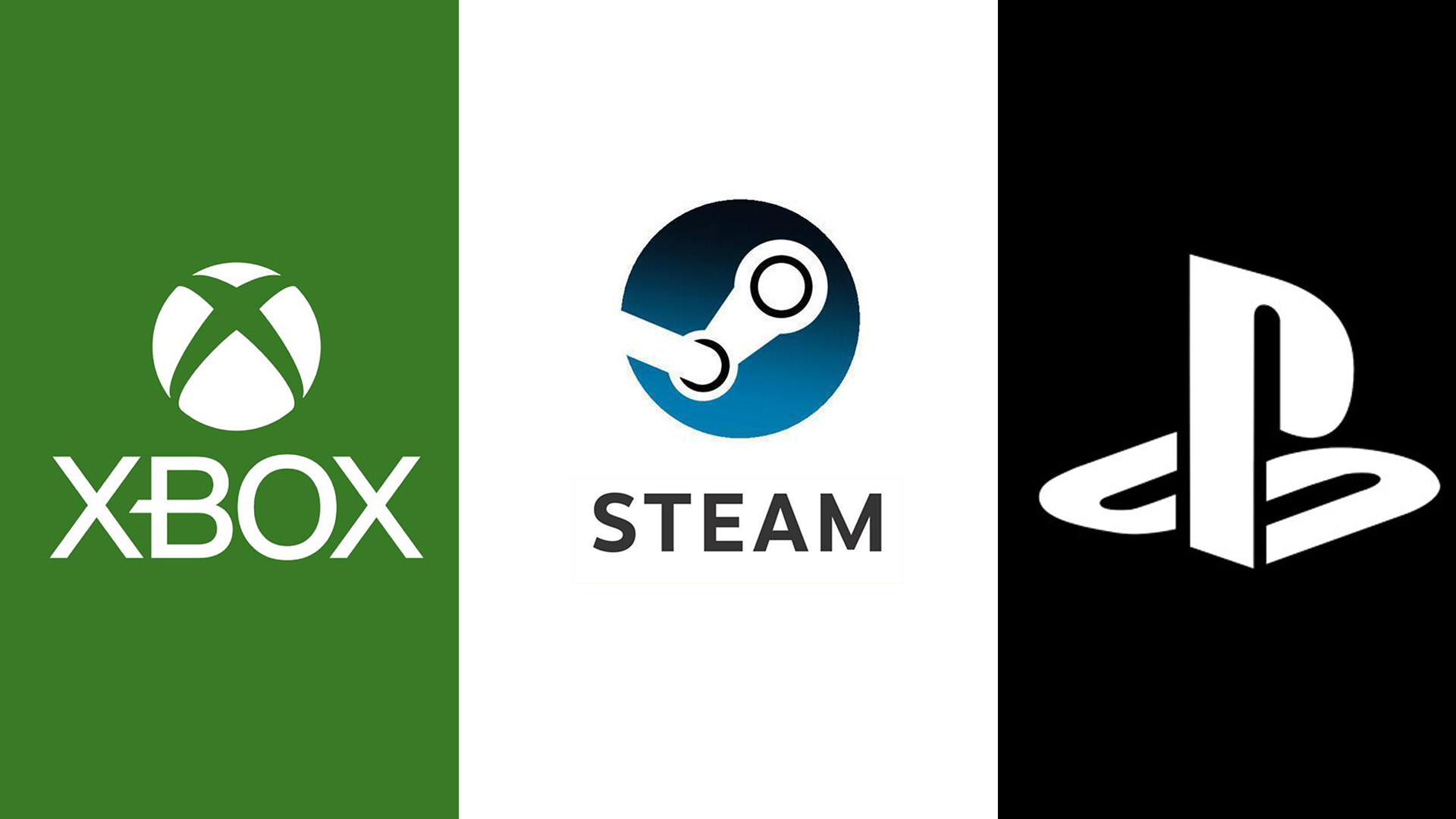
Game Types Based on Game Genres
Think of games as a smorgasbord of experiences, each with its own unique flavor. One way to navigate this buffet is by looking at game genres – like distinct recipe categories that define what you’ll be savoring.
For example, action games are like a wild rollercoaster, demanding lightning-fast reflexes and nimble coordination. On the flip side, adventure games are like epic quests, whisking you away into rich narratives and uncharted worlds, inviting you to explore, uncover secrets, and immerse yourself in the story.
Role-playing games allow players to create and customize their own characters and immerse themselves in a fictional world, while simulation games mimic real-life situations or activities.
Strategy games are like a mental battlefield where you call the shots, plot tactics and juggle resources to outwit your opponents. On the other hand, puzzle games are the ultimate brain workout, teasing your logic and problem-solving skills to solve intricate challenges.
The complete list of video game genres includes:
- Sandbox
- Real-time strategy (RTS)
- Shooters (FPS and TPS)
- Idle games
- Multiplayer online battle arena (MOBA)
- Battle Royale
- Role-playing (RPG, ARPG, and More)
- Simulation
- Sports
- Fighting
- Puzzles
- Action-adventure
- Racing
- Survival
- Horror
- Platformer
By categorizing games based on their genres, players can map them more easily. They’ll know what kind of adventure awaits and what skills they’ll need to conquer it.
3 Gaming Market Future Trends
The gaming industry is one of the most dynamic and innovative sectors in the world, constantly evolving and adapting to new technologies, consumer preferences and market conditions.
The rise of multiplayer experiences that transcend borders, the breathtaking realism of hyper-realistic graphics, and the game-changing world of cloud gaming and streaming are proof.
Now let’s learn more about these three trends that we suspect are going to shape the future of gaming in the next decade and beyond.
Multiplayer Games
Multiplayer games are awesome, right? They let you connect with your friends, make new ones, and have fun together. But did you know that multiplayer gaming is also a huge industry that keeps growing every year?
One of the trends that is driving the demand for multiplayer games is cross-platform accessibility. This means that gamers can play the same game on different devices, such as PC, console, or mobile, and still join the same online sessions with their friends. Unity’s survey found that 87% of multiplayer gamers have played cross-platform games, and 43% of them want more cross-platform game options. This shows that people value the convenience and flexibility of being able to play with anyone, anywhere, anytime.
Another trend that is shaping the multiplayer gaming landscape is the popularity of certain genres and subgenres. For example, puzzles, shooters, and sports games.
Within these categories, there are also specific games that stand out for their massive player base and social impact. For instance, Minecraft is the most active massively multiplayer online game based on its social score, which measures its online presence and engagement. World of Warcraft: Dragonflight is another example of a successful MMO game that has millions of loyal fans and rich lore.
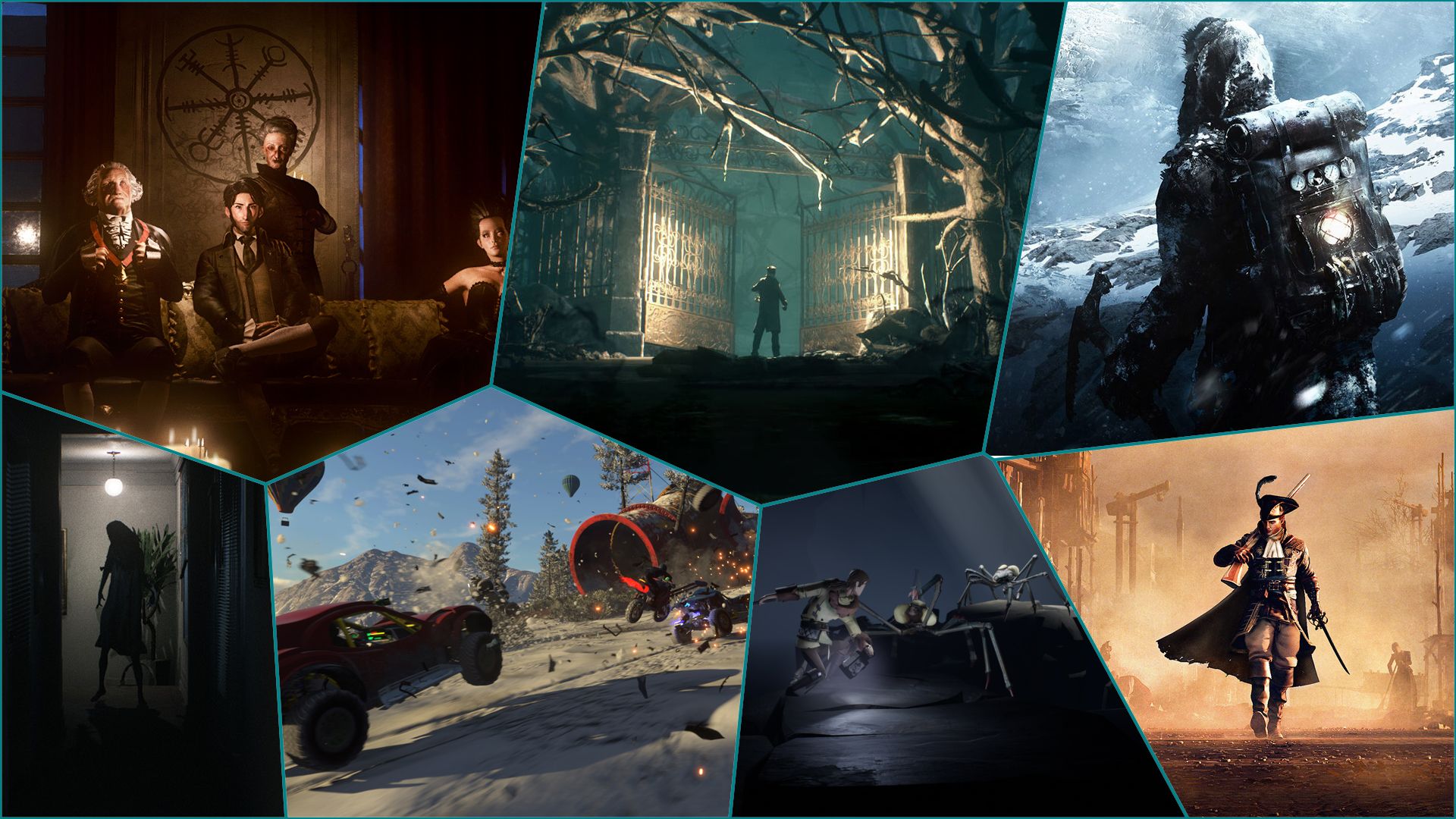
Hyper-Realistic Graphics
Have you ever wondered why video games look so realistic these days?
Using techniques such as photorealism, ray tracing, and motion capture, hyper-realistic graphics create visual representations of games that seem more believable. How?
Well, it’s partly because of the amazing game engines that developers use to create their virtual worlds.
Game engines like Unreal are software tools that handle the physics, lighting, sound, animation, and other aspects of a game. They make it easier for developers to focus on the gameplay and the story, rather than the technical details.
But game engines are not the only factor that contributes to the hyper-realistic graphics trend. The hardware that runs the games also plays a big role.
The latest generation of consoles, such as the PlayStation 5 and the Xbox Series X, have more processing power and memory than ever before, allowing them to run games at higher resolutions and frame rates.
They also have faster storage devices, such as solid-state drives (SSDs), which reduce loading times and enable larger and more detailed game worlds. The same goes for PC gaming, where gamers can customize their rigs with the latest graphics cards, CPUs, RAMs, and SSDs.
Some games that have received critical acclaim and commercial success for their stunning visuals and realistic gameplay are Red Dead Redemption, The Last of Us Part II, and Half-Life: Alyx.
As technology advances and consumer expectations rise, hyper-realistic graphics will likely continue to be a dominant trend in video games for the foreseeable future.
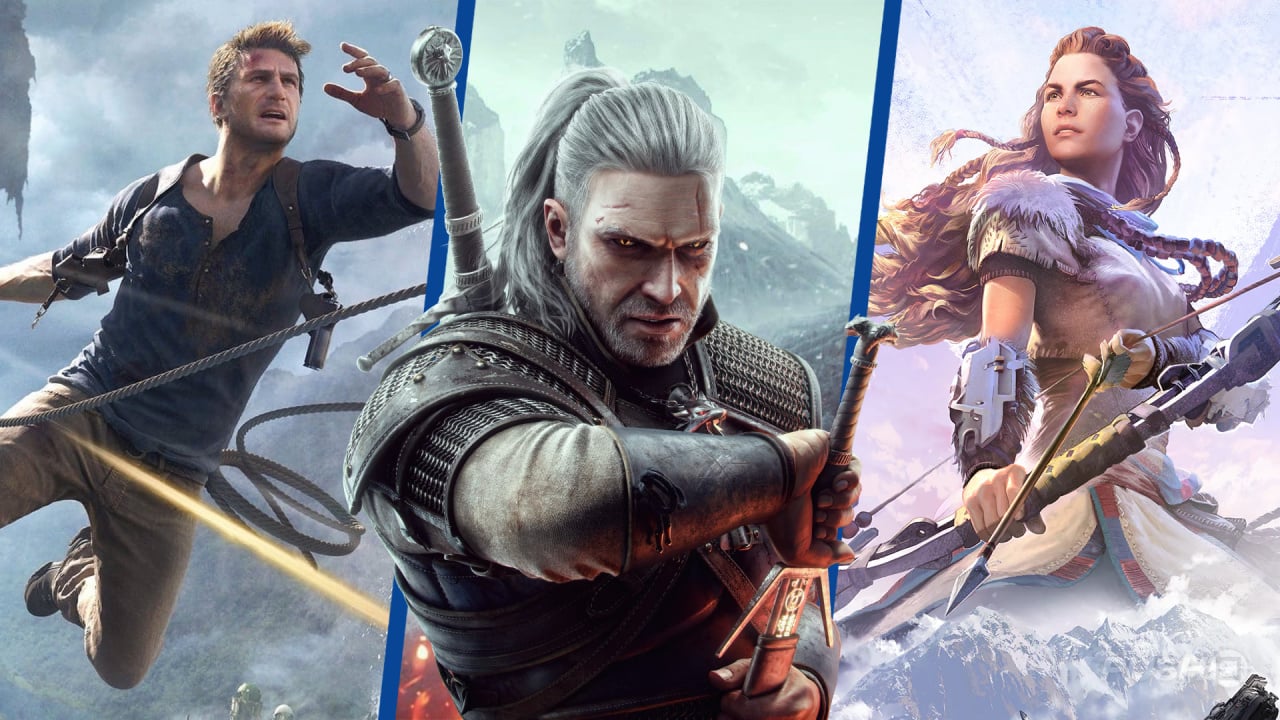
Cloud Gaming & Streaming
Cloud gaming and streaming are two ways of playing video games without having to download or install anything on your device. Instead, you can access games from a remote server that runs them for you and sends you the video and audio over the internet.
This way, you can play games that are too demanding for your device’s hardware, or that are not compatible with your operating system. You can also switch between different devices without losing your progress or settings.
Cloud gaming is changing the game for players everywhere:
- You don’t have to worry about storage space, updates or compatibility issues.
- You can choose from a large library of games that are constantly updated and added to.
- You can also save money by paying a monthly subscription fee instead of buying individual games or consoles.
With services like Google Stadia and NVIDIA GeForce Now, you can stream games like a pro without breaking the bank on expensive hardware.
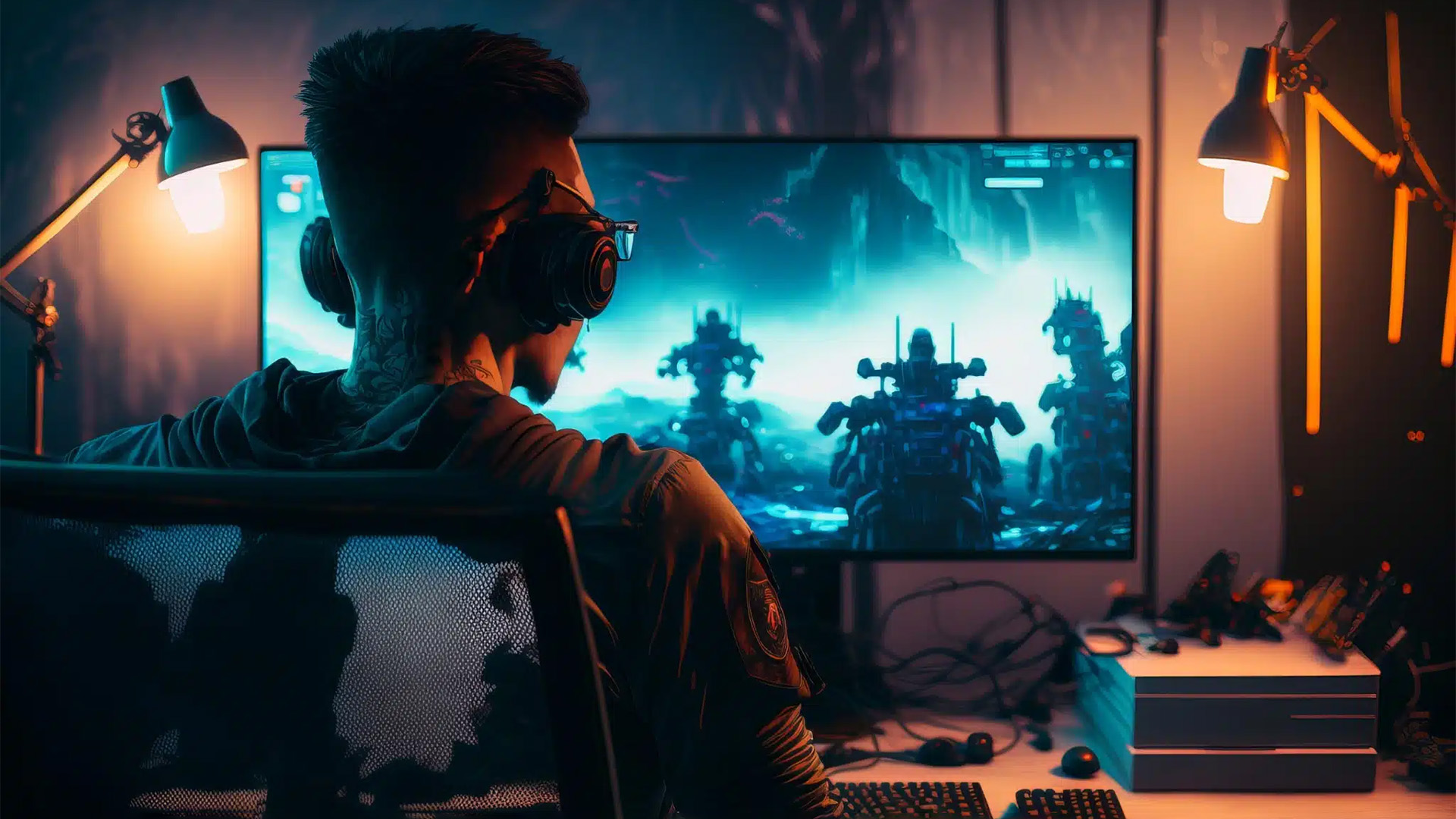
Conclusion
And there you have it – a whirlwind tour through the diverse world of gaming, from the mega-AAA blockbusters to the indie gems and the mobile marvels. We’ve peeled back the curtain on how these games are developed and marketed.
Whether you’re a seasoned gamer or someone just dipping your toes into the gaming pool, remember that each game is a labor of love, meticulously crafted to transport you into new worlds and unforgettable experiences.
If you’re feeling inspired to explore the realm of game development, remember that the journey doesn’t have to be a solo one. Picotion Animation Studio is here to lend a hand with animation expertise, turning your visions into a pixel-perfect reality.
We can help you create your dream:
- Designs props
- Game assets
- Game trailer
- Game art
And more. Drop us a line and find out just how our team can add the perfect touch to your game development journey.
Author
